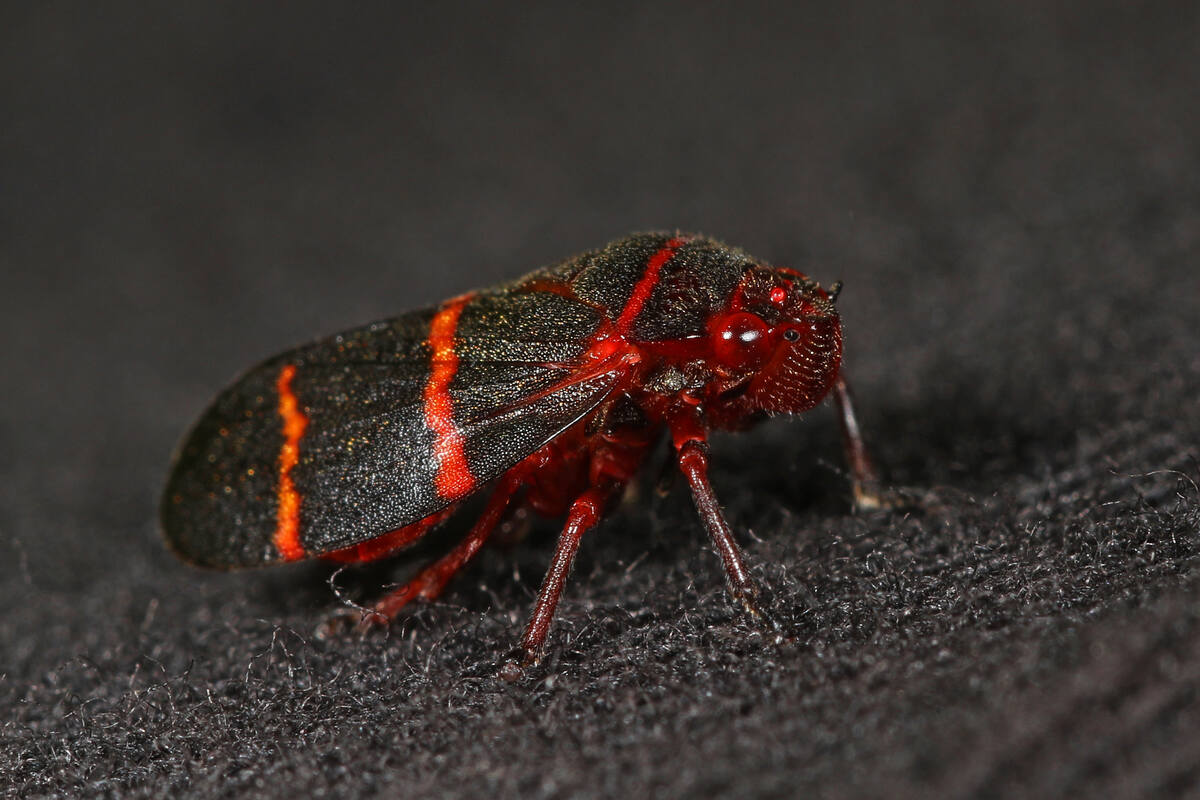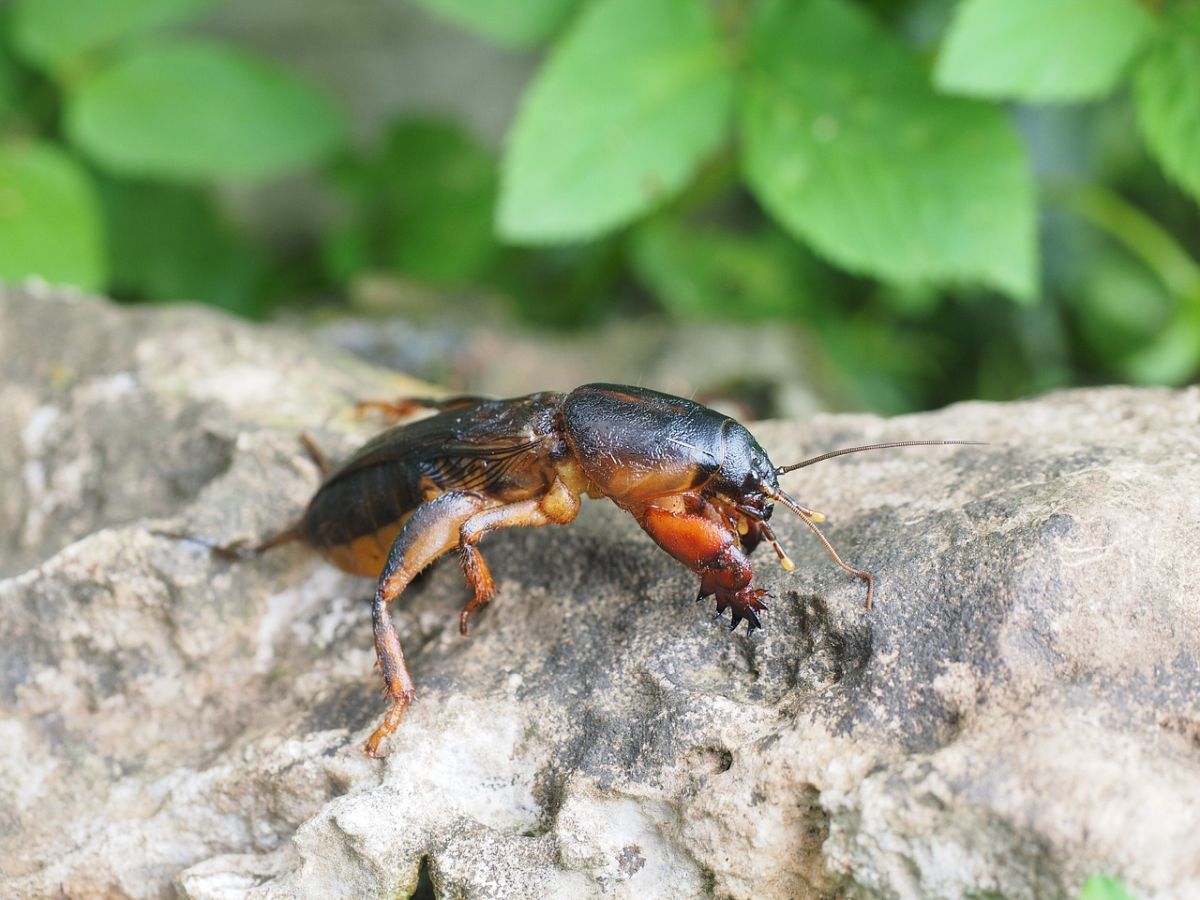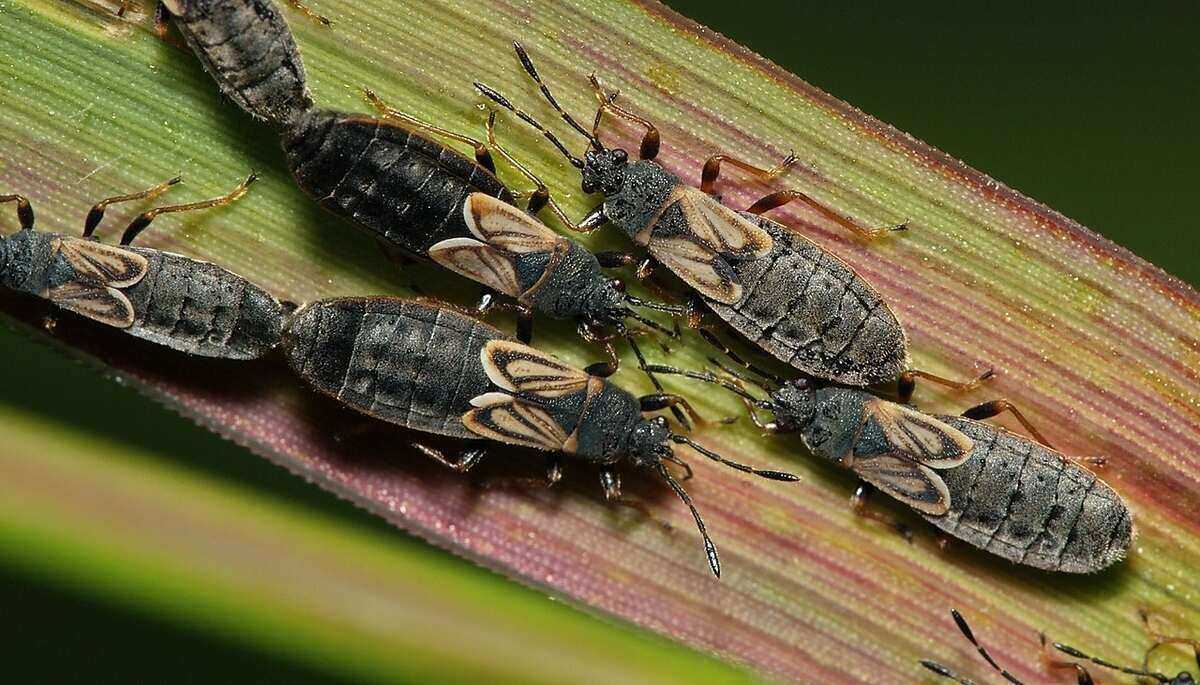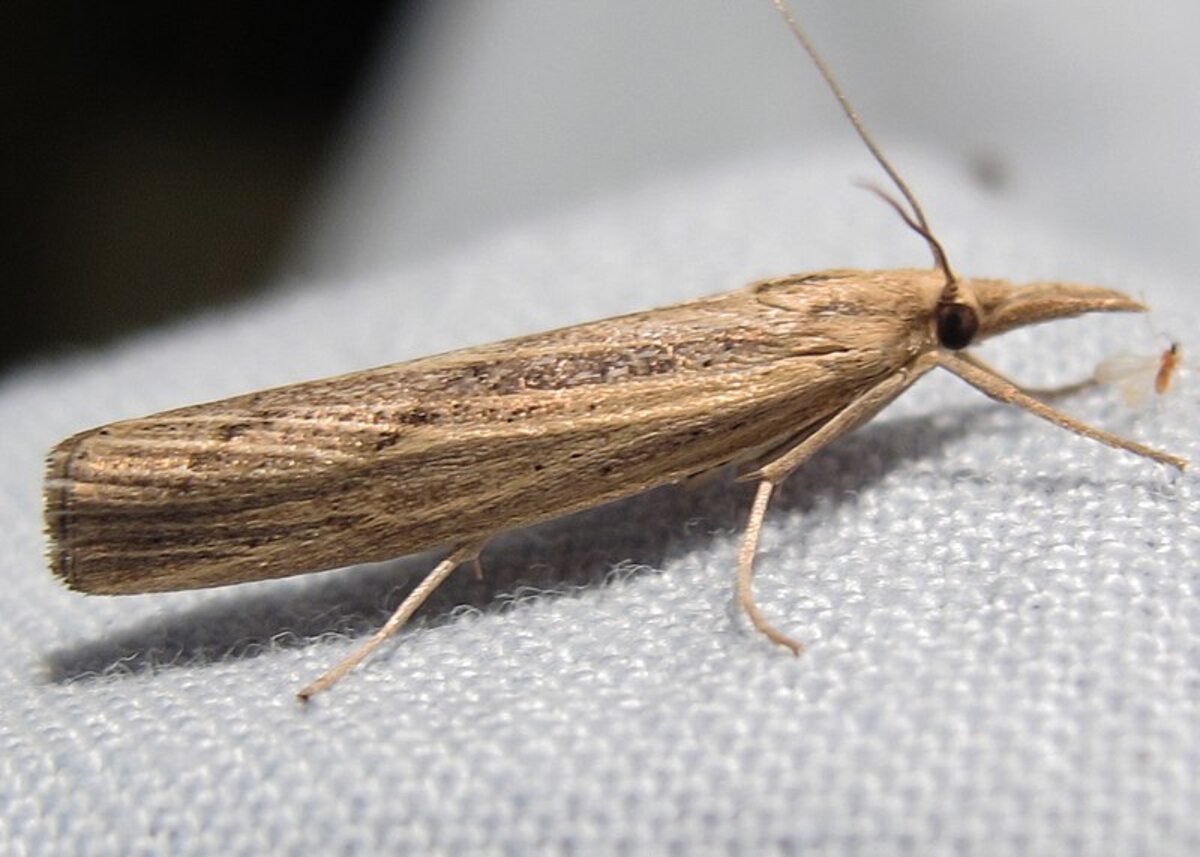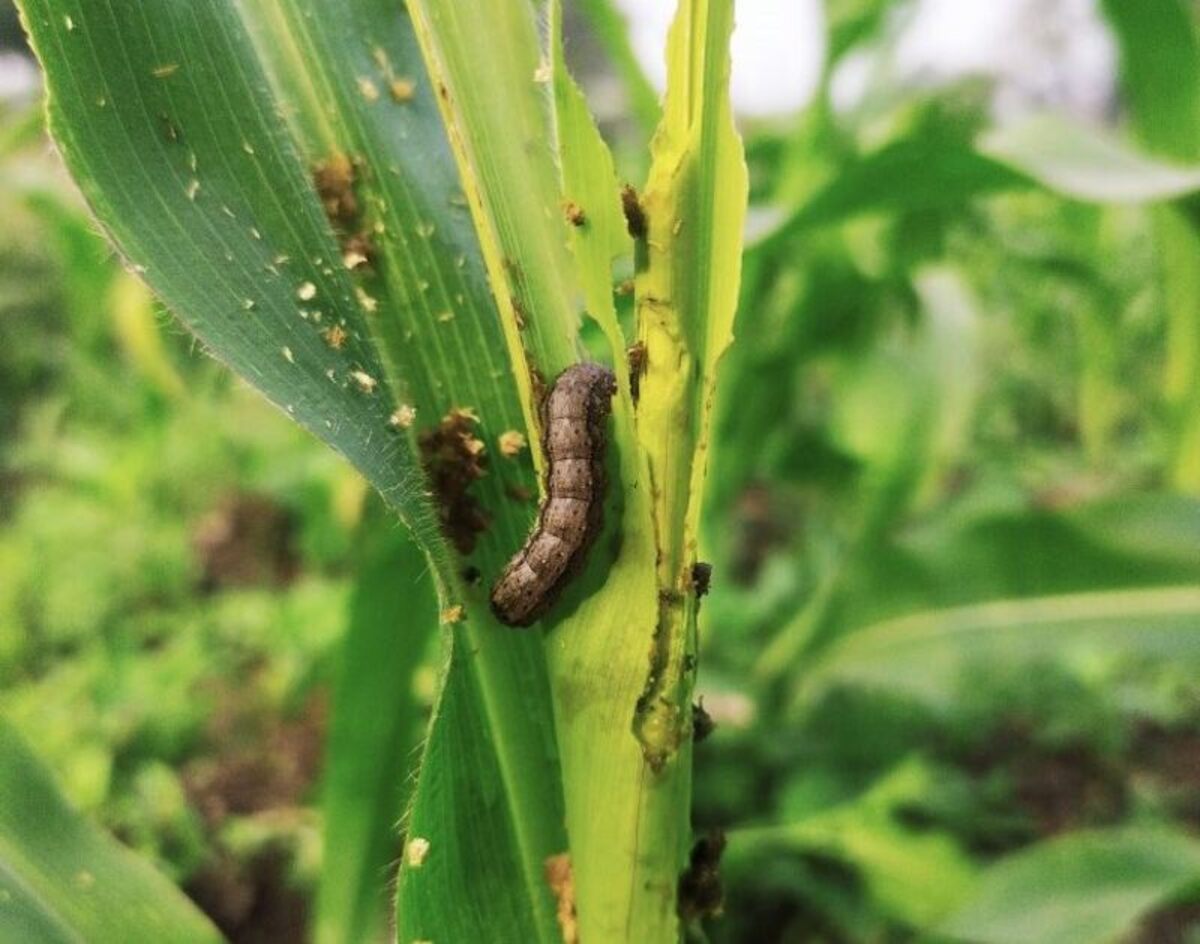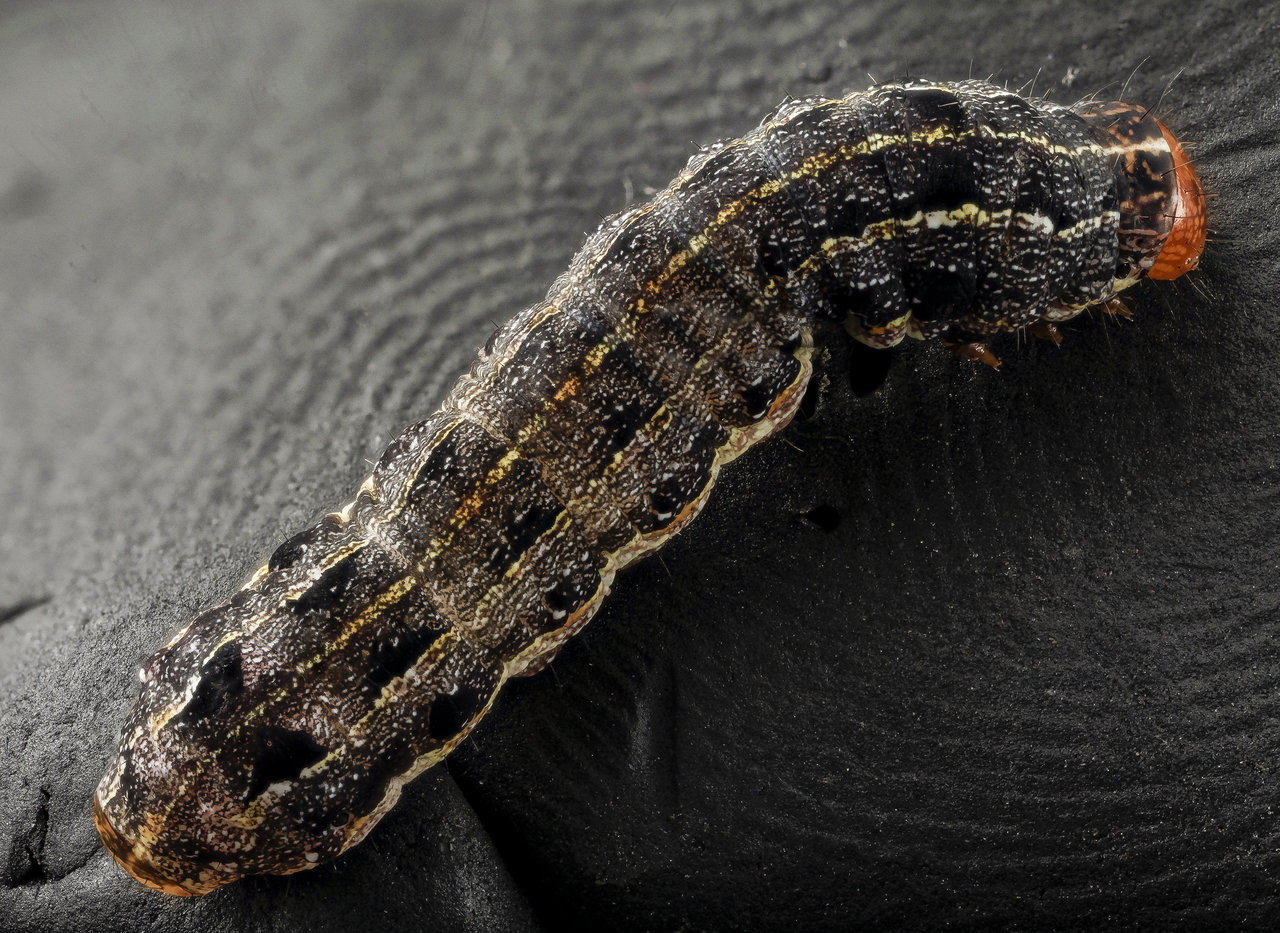
Thanks to The River City’s hot and humid climate, Jacksonville homeowners are no strangers to creepy crawlies feasting on their lawns. Knowing what to look for and correctly identifying the offending bugs is the first step in saving your lawn. Here are six of the worst landscape pests in Jacksonville and how to identify them.
This article covers:
- Fall Armyworms
- Southern Chinch Bugs
- Mole Crickets
- Tropical Sod Webworms
- White Grubs
- Billbugs
- Pest Management Advice for Jacksonville Homeowners
- FAQ
1. Fall Armyworms
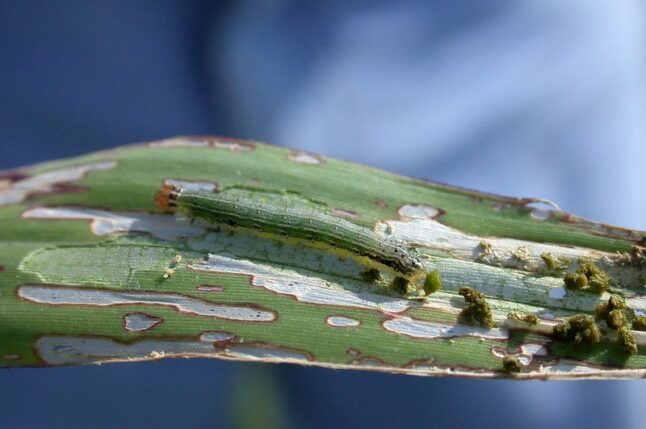
Scientific name: Spodoptera frugiperda
These camo-colored caterpillars love to eat grass in large groups, causing big brown patches on your turf. Fall armyworms are active from April through December; they cause the most damage during the fall but can also wreak havoc on your grass in spring. Jacksonville homeowners can test for these pesky larvae with the liquid soap test:
- Mix one tablespoon of liquid dish soap with one gallon of water
- Pour solution near damaged turfgrass
- Watch for fall armyworms, which will crawl to the surface
- Repeat if desired in the surrounding area
The adult forms of fall armyworms are large, grayish-brown moths with two-inch wingspans. The mature moths lay hundreds of eggs on the lower leaves of grasses and shrubs, and they can reproduce several times in a season. They can travel long distances, too. But aside from producing more fall armyworms, the adults are mostly harmless to your turf. The larvae are what you need to worry about.
2. Southern Chinch Bugs
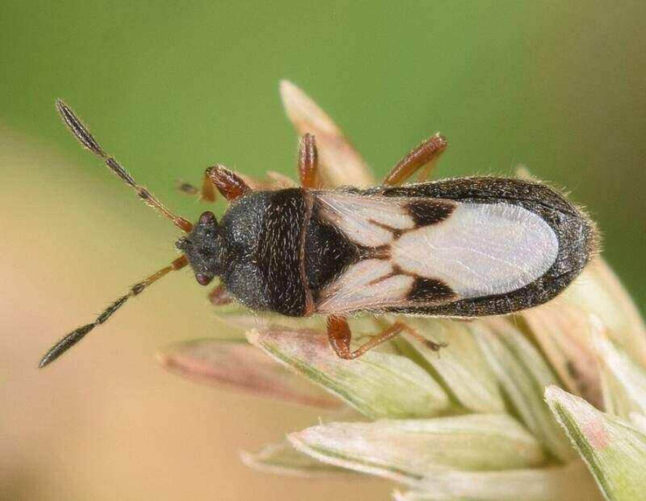
Scientific name: Blissus insularis
According to the University of Florida’s Institute of Food and Agricultural Sciences (UF/IFAS), these bugs are some of the worst landscape pests in Jacksonville and the rest of Florida. Southern chinch bugs drain the sap of many grass species, but St. Augustinegrass is their favorite. They also inject a toxin that turns grass yellow before it eventually dies.
Lawns damaged by Southern chinch bugs have yellow and brown patches of grass, which eventually turn into patches of dead grass if the problem gets bad enough.
Young nymphs are orange-red with a white stripe on their backs, while adult southern chinch bugs are 1/5th of an inch long and have black bodies, white overlapping wings, and orange legs. They are active from early June to late summer. This is one reason why pest control is a crucial part of summer lawn care in Jacksonville.
3. Mole Crickets
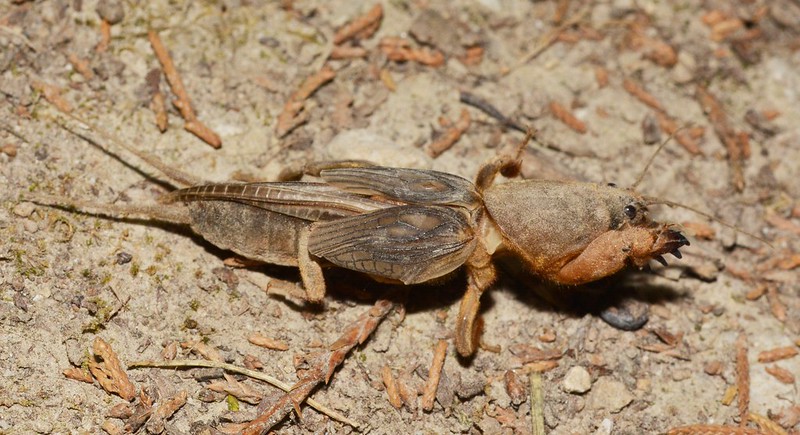
Scientific names: Neoscapteriscus vicinus, Neoscapteriscus borellii, and Neoscapteriscus abbreviatus
Mole crickets are a family of nocturnal brownish-gray crickets with mole-like front claws. They don’t just eat your grass; they also burrow underground, damaging grass roots and seeds by pushing soil to the surface. Yards damaged by mole crickets will have brown patches and/or small mounds of soil. You can use the soap technique to test for mole crickets. While they prefer Bahiagrass and Bermudagrass, they can cause damage to all kinds of turfgrasses.
In Florida, there are four species of mole cricket, but only three are considered pests:
- Tawny mole cricket
- Southern mole cricket
- Short-winged mole cricket
The northern mole cricket is a native species and isn’t considered a pest by the UF/IFAS.
4. Tropical Sod Webworms
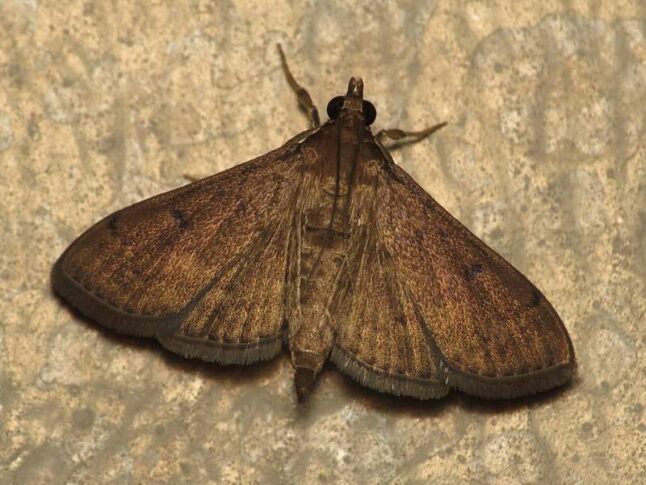
Scientific name: Herpetogramma phaeopteralis
This is another lawn caterpillar that loves munching on warm-season turfgrasses like centipedegrass, Bahiagrass, Bermudagrass, Zoysiagrass, and St. Augustinegrass (their favorite). Most active from April to November, sod webworms start out by feeding on the upper parts of grass blades and eventually eat them whole as they mature. They take up to 12 weeks to mature.
If your Jax lawn starts showing signs of window feeding (clear spots on grass blades) followed by patches of ragged, thinning grass, then you might have these pests. Perform the liquid soap test to check. If left untreated, you’ll eventually find large brown patches in your grass.
5. White Grubs
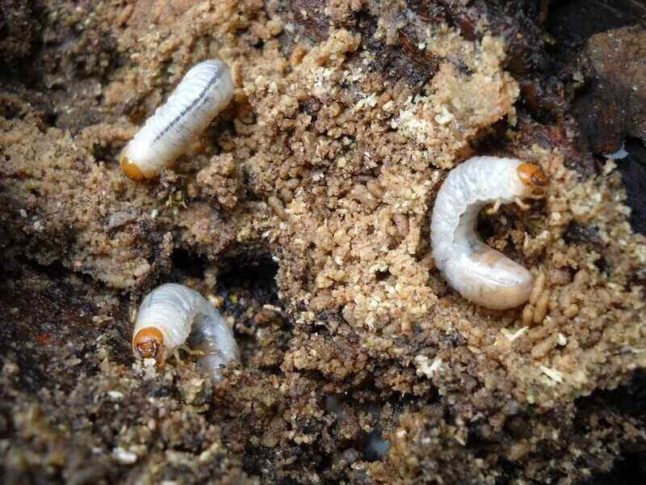
Scientific name: Phyllophaga spp.
White grubs are actually the larval form of many scarab beetle species. Living beneath your turf, these pests feed on the roots of your grass, no matter what kind. White grub infestations will first turn your turf yellow, which then turns spongy with brown spots. In severe cases, you can pull up your turf like a carpet because they’ve eaten most (if not all) of the roots. You might even see more birds, raccoons, and skunks than usual – which will start digging into your turf – as they feast on white grubs.
6. Billbugs
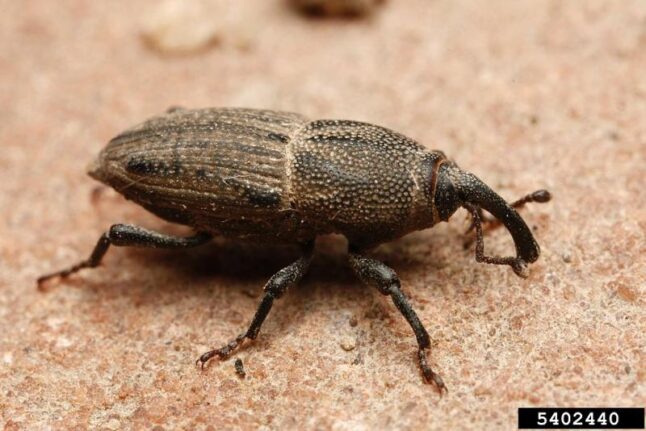
Scientific names: Sphenophorus venatus vestitus, Sphenophorus parvulus
Billbugs are weevils, and both their adult and larval forms damage Jacksonville turfgrass. The larvae – which look like white grubs without legs – burrow through the ground and eat your grass’s roots. Adult billbugs, on the other hand, terrorize your other plants, eating their stems, rhizomes, and stolons. Billbug infestation shows as yellowing turf, which eventually dies. You can try tugging on your turf to check for billbugs; severe damage will allow you to pull it up like a carpet.
There are two billbug species that can cause issues: the hunting billbug and the bluegrass billbug. The hunting billbug is more of an issue in Jacksonville, as it loves warm-season grasses, but the bluegrass billbug also munches on a few of these. Here are some grasses they eat:
- Zoysiagrass
- Bermudagrass
- St. Augustine grass
- Centipedegrass
- Bahiagrass
Pest Management Advice for Jacksonville Homeowners
If you’re dealing with any lawn pests, Duval County extension agent Larry Figart has some advice. Before spraying pesticides or hiring a pest control company to do it for you, you should scout your landscape. “Don’t spray pesticides until you’ve seen a pest and identified it. You may end up killing beneficial insects instead.”
Figart is an urban forestry extension agent for UF/IFAS (University of Florida Institute of Food and Agricultural Sciences) Extension Duval County. He also encourages homeowners to consider a more balanced tolerance for pests, especially given the environmental hazards of chemical pesticides.
“Maybe it’s not complete eradication but prevention and a tolerance for some amount of the pest. For example, like with aphids, waiting until there are enough of them to cause problems, instead of acting when you see a single aphid.”
Maintaining a healthy landscape will go a long way toward pest prevention, as pests are less likely to attack a thick lawn with strong, healthy roots. Here are some tips to follow:
- Don’t mow your lawn too short
- Water properly; don’t overwater!
- Avoid using too much fertilizer, especially if it’s rich in nitrogen
FAQ
There are more, less common critters that target shrubs, trees, vegetation, and other types of plants in Jacksonville landscapes. Here are a few of them:
• Twig girdlers
• Leaf-footed bugs
• Eastern lubber grasshoppers
• Aphids
• Chili thrips
• Snails and slugs
Even if they don’t target your landscape, some insects can be pests toward you and your family or even your home. Among them are the following:
• Mosquitoes
• Termites
• Yellowjackets
• Roaches
• Fire ants
• Wasps
Unfortunately, yes. The state’s warm climate means bugs can survive throughout the year, even during the winter months.
Tell Pests to Buzz Off of Your Jacksonville Lawn
The best offense is a good defense, so it’s best to protect your lawn from being overrun by pests in the first place. Part of this is maintaining your yard. However, it’s not the end of the world if pests somehow still get into your turf, as you can hire professional pest control services to exterminate them. Connect with a Jacksonville lawn care service on LawnStarter today to figure out a game plan for your lawn pest problems.
Main Photo Credit: Alamy
